WHEN TO GO & WEATHER (Myanmar)
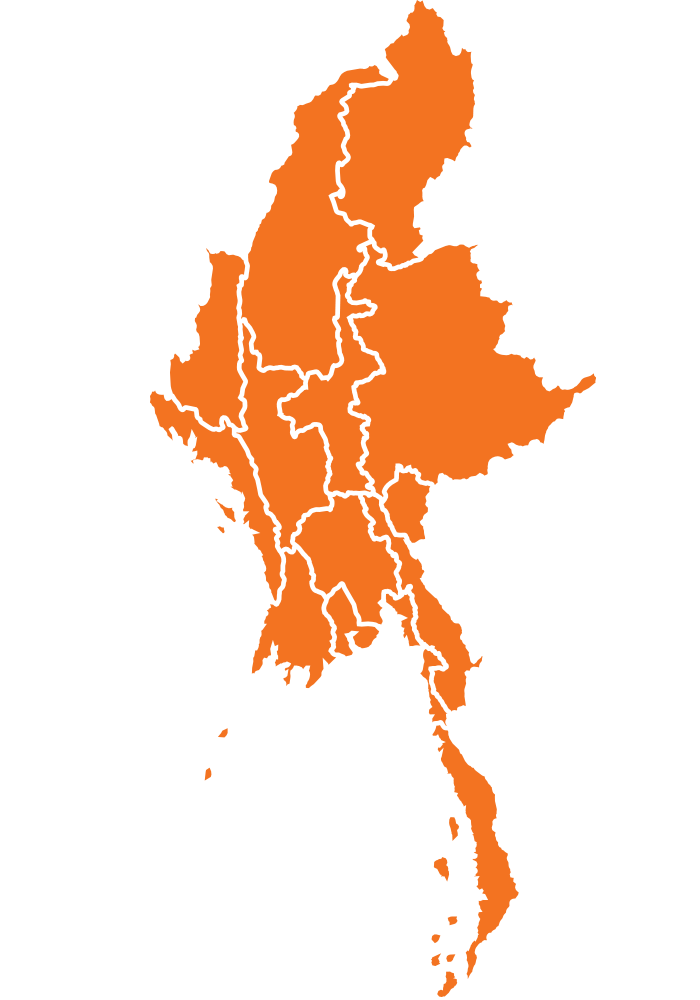
-
Overview
Myanmar Weather
Although Myanmar has two distinct seasons – dry and wet – you can visit the country throughout the year. That being said, at the peak of the wet season some regions become inaccessible and some, such as Ngapali Beach, close altogether, in preparation for the high winds and heavy rainfall that batter the coast annually.
Like much of South-East Asia, Myanmar's dry season runs from October through to May, and the wet season from May/June through to early October, when the south-west monsoon starts to blow. Within each season there are variations in temperature, with the dry months leading up to the wet season (March and April) and the early wet season (May and June) usually being the hottest of the year when temperatures can reach astronomical highs.
The colder months follow the end of the rains, from October to December/January, when it is cool in the foothills and highland areas, especially at night. The driest regions of the country, avoiding much of the annual rain, are the plains surrounding Bagan and Mandalay, which remain relatively dry aside from the odd heavy downpour, all the way through to August.
As you might expect, temperatures throughout the country are greatly affected by altitude, and therefore the hill stations, lakes and Himalayan foothills are far cooler than the southern lowland and coastal regions. As a general rule, the north, upper central and eastern regions are at a higher altitude than those in the west, lower central and south, where humidity is higher and temperatures in excess of 40°C are not uncommon during March and April.
The very best months to visit Myanmar are from November to February, although this is also the busiest time, when securing accommodation can become problematic.
Many experienced travellers often consider the ‘mid-season’, either side of this peak period, as the best time to visit as the weather is still generally very good (albeit ‘cooler’ in the months preceding and hotter in the months following the peak season) and crowds are far more minimal. Members of the Selective Asia team often visit in October and find the balance to be absolutely perfect – and yes, they do tend to still return with very enviable tans!
Throughout the country, in all but the hottest months of the year, it is often advisable to have a jumper or fleece for the evenings, when there is a tendency for it to get quite cool.
INTERNATIONAL
ARRIVALS
Ensure you complete the Arrivals/Departures card given to you on your flight-also complete the Customs Declaration form. After, move to Visa queue. Do not go to the “Visa on Arrival” desk if you have an evisa. Continue, your Visa and passport has been processed , as you will need it when you depart the country. Then, Hand your Customs Declaration form in to the Customs Agent, you will not be allowed through without it.
DEPARTURES (T1 & 2)
if you don't know Airlines name and terminals, you can questions for your taxi driver who will know which airline operates from which terminal. The taxi will drop you kerbside. Continue, Your bags will be screened at the entrance and check-in desk your flight/airline. Then through passport and Visa check, and finally through a check.
DOMESTIC
DEPARTURES
An initial security check on entry and straight in front of you is a board indicating flight/airline check-in desk numbers. You may be given a flight sticker showing your airline and flight number when you check in. Continue, you go upstairs through a Boarding Card/Passport check and then a thorough Security check to go airside to the gate area .
ARRIVALS
you will be transferred to the terminal by bus. Your carousel will be indicated on the board. Anf then, You will get bags in the carousel.
Have the two largest domestic airlines are
http://www.airkbz.com/
and https://www.flymna.com/
Kyats is currrency of Myanmar
US$ is a popular currency used in many countries and have Myanmar
ATM's are used popular in Myanmar
Credit Cards: You will need check with your Bank that your Card will be accepted in Myanmar. Such as, Myanma have banks in Singapore and Bangkok,to where credit card can used in Myanmar. Special, Credit cards are accepted mostly only in top-end hotels.
USING LOCAL AGENTS
Myanmar had been some hotels developing their own websites and also linking with hotel booking sites to further develop modern booking techniques. Airline websites are also being developed to enable users to book and pay for etickets online or reserve tickets for collection and payment on arrival.
ITERNERARY PRICING
To do as much background research on your Itinerary, including hotels and specific dates, before you approach the Agent.
PAYMENT
Many Agents will require a deposit(usually 30%) through a Bank in Singapore or Bangkok. Most Agents will also take payment by credit card but this is an expensive option because of the high merchant fees imposed on them by the Banks and the Agent will charge 5% extra for payment by CC.
Essential advice on visiting Myanmar are Visas (latest visa infor, including e-visa and over land travel requirement); setting your budget (work out how much your trip to Myanmar you will cost); Telephone, mobile and internet (up-to-date infor on mobile nextworks, sim cards and internet in Myanmar you can contact when come here); Currency, exchange rates and banks (banks, ATMs, credit cards and US dollar usage); Electricity and shortages (plug types and electicity supply issues); Culture and daily commoditation of Myanmar.
Tipping in Myanmar are an emotive and very personal thing and attitudes. You can tipping for the staff serving at the hotel restaurant. But with the local where tipping is not the norm, a generous tip could cause some embarrassment to the recipient.
When visiting temples in Myanmar, you should wear cover yourself.
You need Shoulders should be covered and long pants worn rather than shorts.
Dress should be modest, so both men and women should avoid shorts cut above the knee. Mini-skirts and tight or revealing clothing should not be worn
YANGON & VICINITY
1. Pagodas: Schwedagon Pagoda - 8000 Ks; Sule Pagoda/Botataung Pagoda/Kabaraye Pagoda- 3000Ks.
2. Museums: National Museum/Gem Museum-5000Ks; Aungsan Museum - 300Ks and Drug Elimination Museum-3000Ks.
3. Park: People Park - 3000Ks; Kandawgyi Park-2000Ks and Kyauktawgyi Park- 1000Ks.
The another tourist zone fees of Yangon and Vicinity: National race village - 3000Ks; Syrian Kyaikkhaut/Yelae Paya - 1000Ks; Bago - 10000Ks; Kyaikhto (Golden Rock)- 6000Ks and Kawkun Cave - 3000Ks.
BAGAN (Zone fee $20)
Bagan museum/ Nanmyint Tower/ Salay – 5000Ks
MANDALAY& VICINITY (Zone fee 10000Ks)
Jade Market $1; Mingun/Sagaing – 3000Ks; Kandawgyi (PyinOoLwin)/ Srikestra/ Hanlin/ Beikthanoe – 5000Ks; BE fall (Pwe Kauk Water Full) – 600Ks Monywa/ PoWin taung - $3 and Shweba taung $2.
INLE & TAUNGYI
Inle Zone Fee $10
Pindaya Zone fee $2 and Pindaya Gave $3
Museum: Taunggyi/ MraukU - $2
SITTWE (Zone Fee $2) & MRAUKU (Zone Fee $5)
Chin
Natmataung zone fee $10 and Mergui - $100
The official language of Myanmar is called Burmese or Myanmar and English is the secondary language.
Allergy Info
In Myanmar is no VAT refunds only Government taxes.

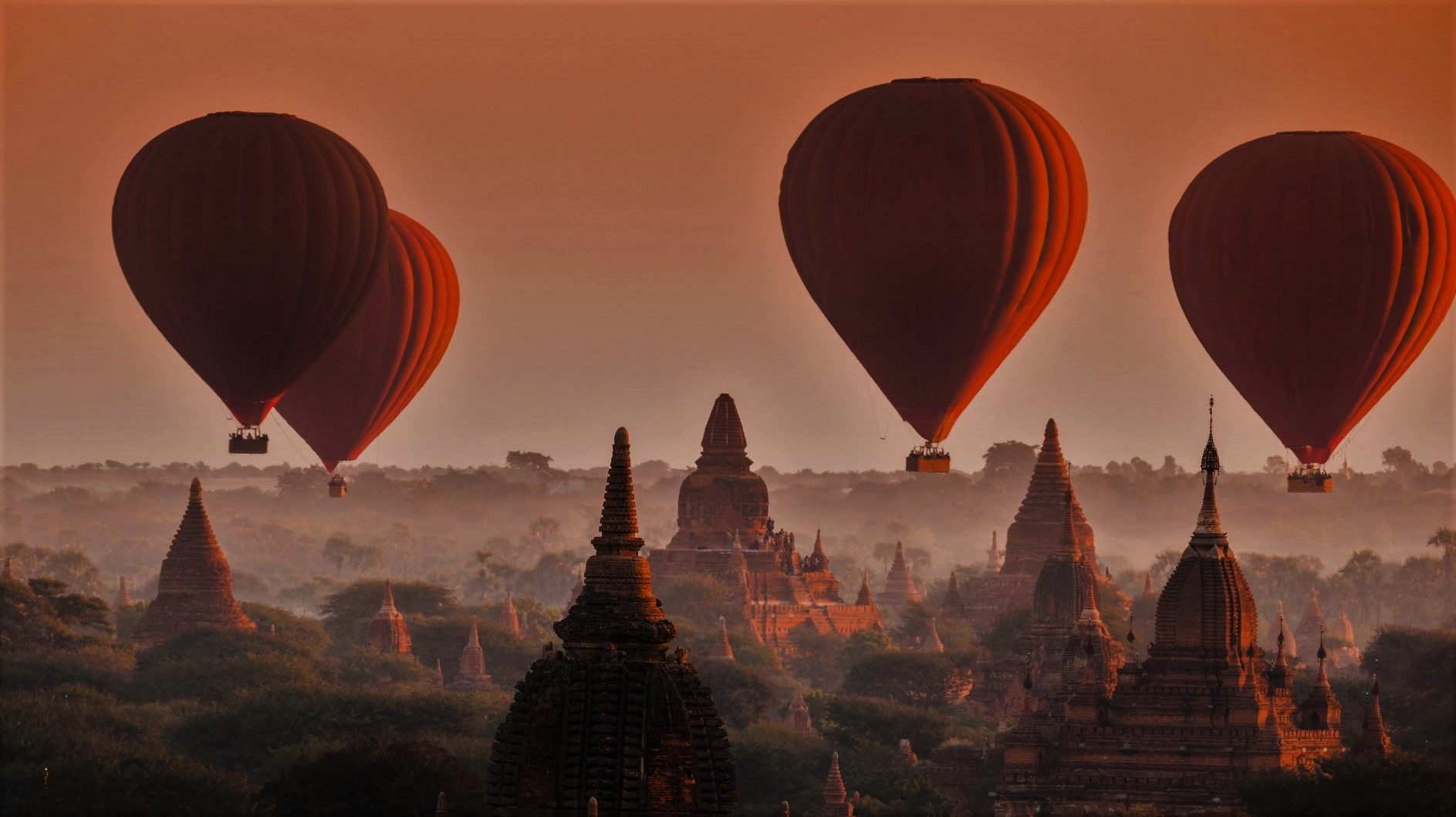






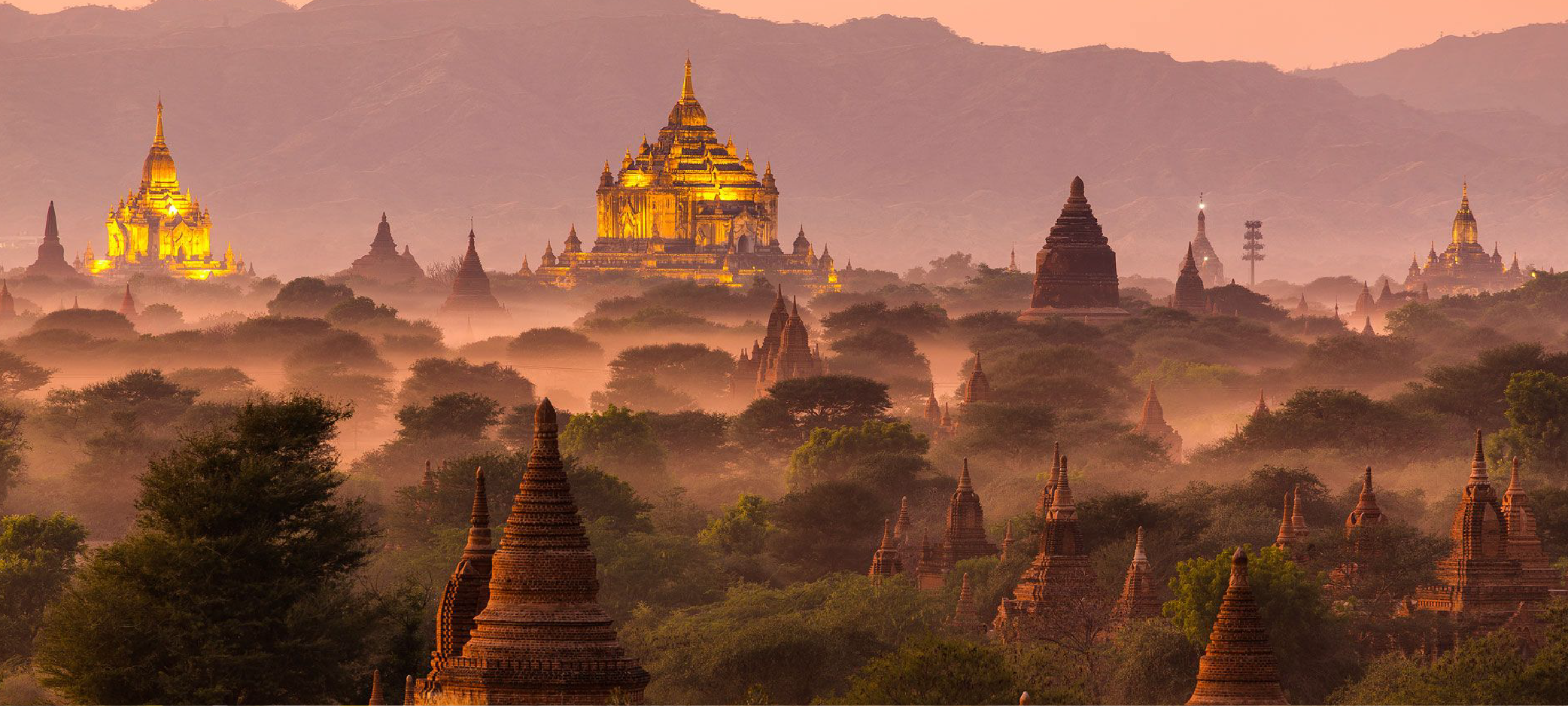
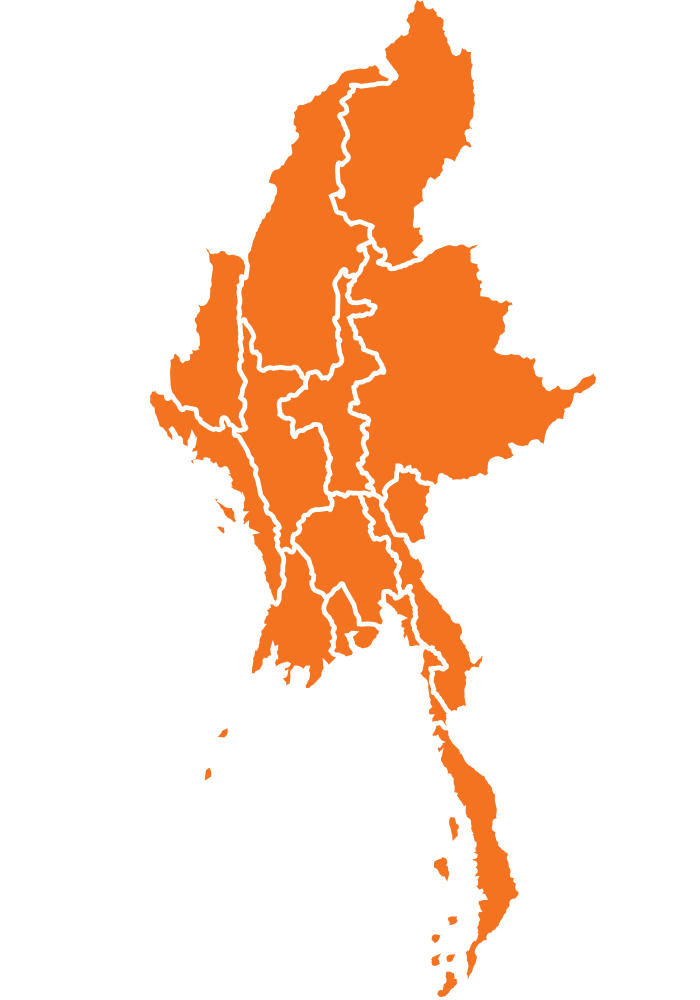

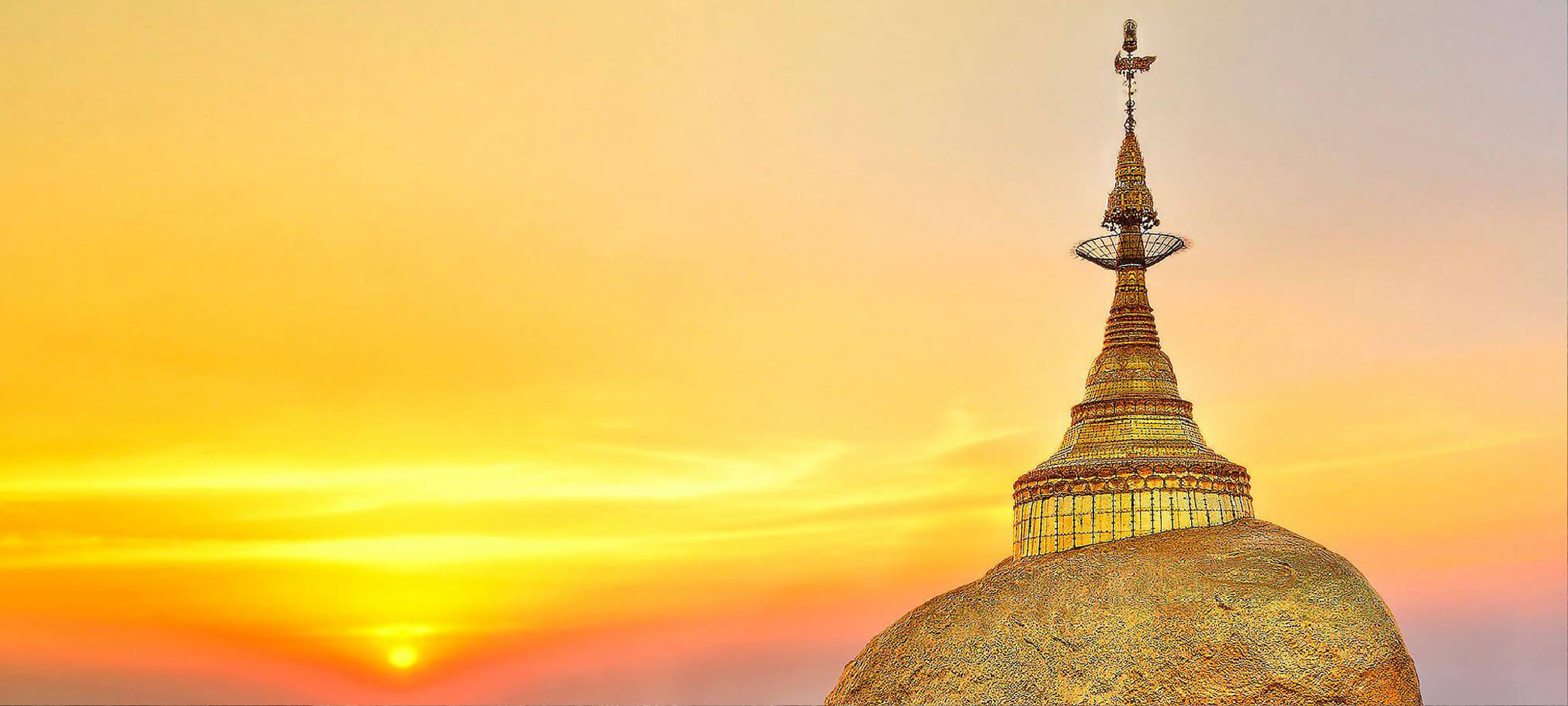


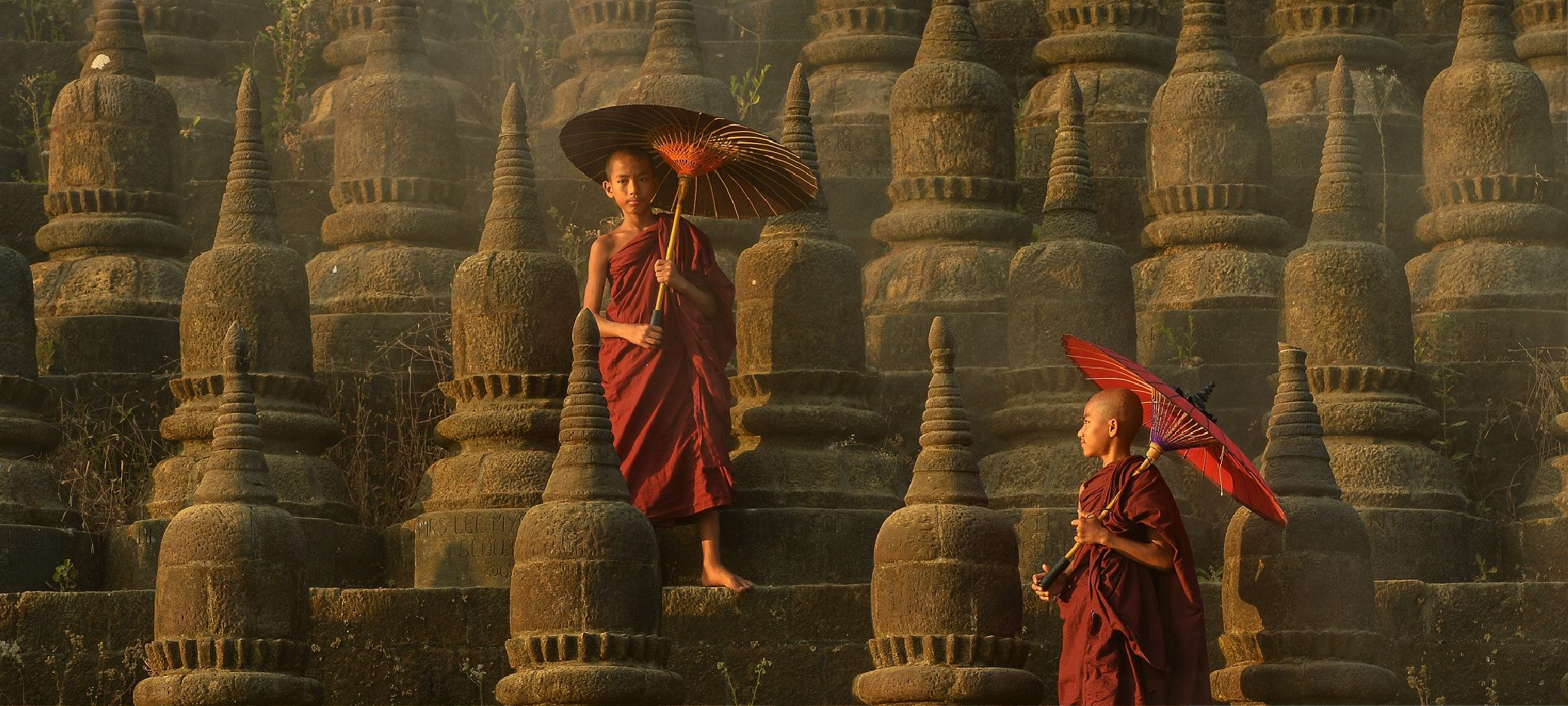
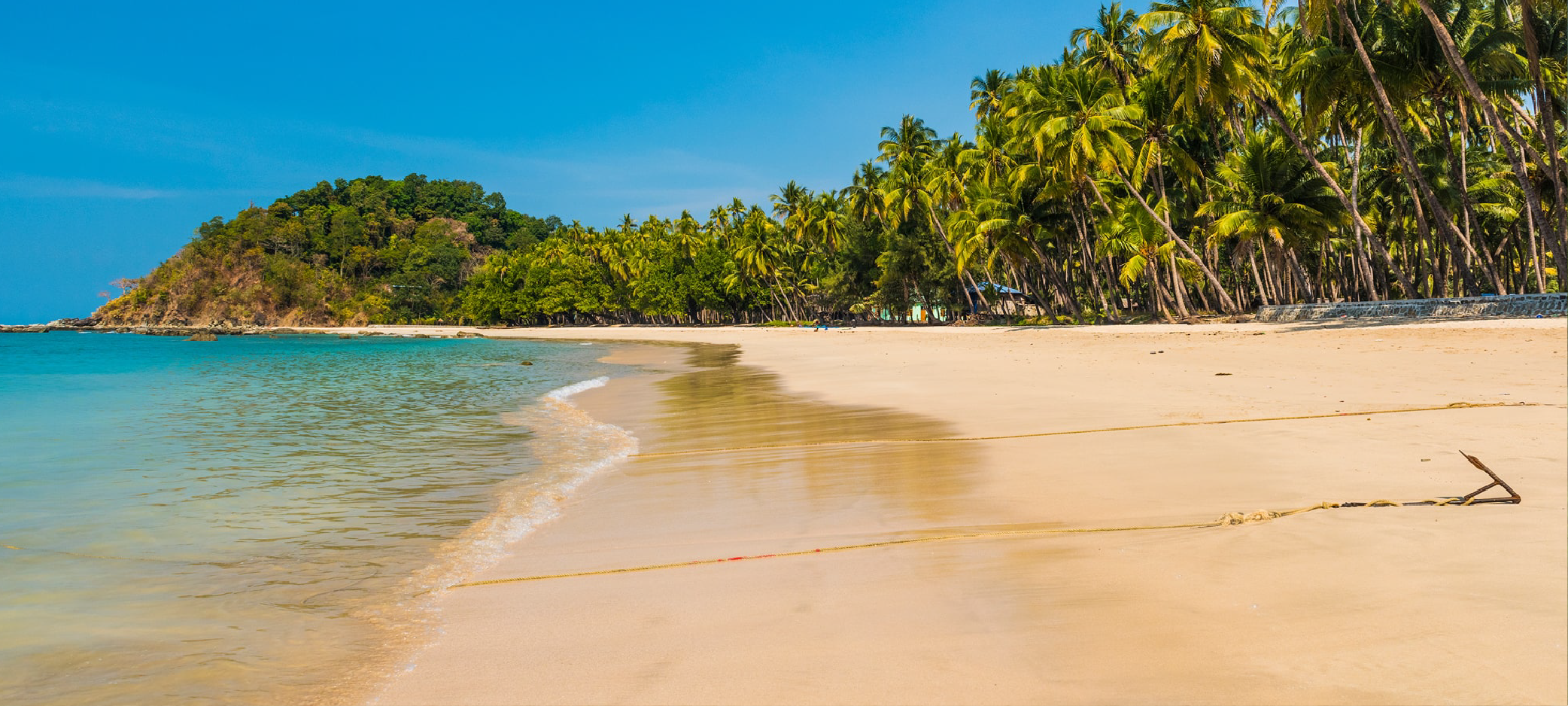
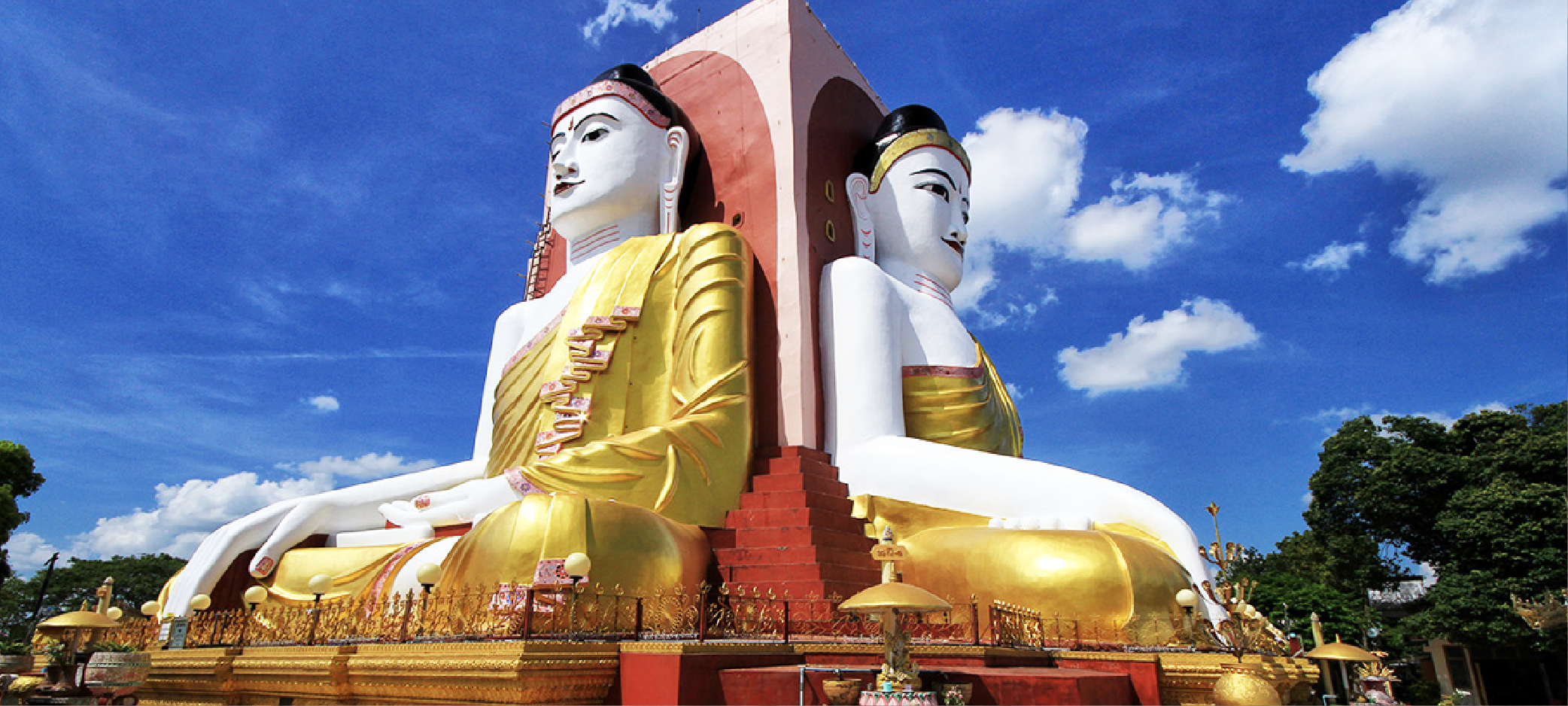


.jpg)
.jpg)
.jpg)
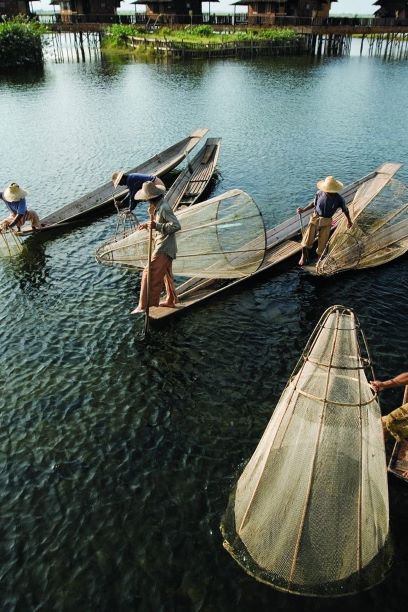
.jpg)
.jpg)
.jpg)
.jpg)